Caktus Blog
2025
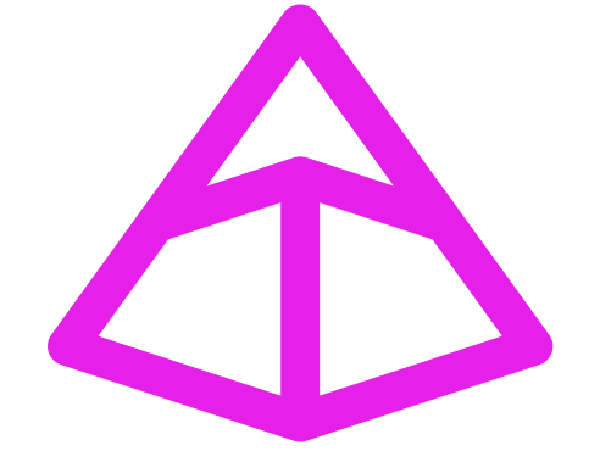
PydanticAI Agents Intro
In previous posts, we explored function calling and how it enables models to interact with external tools. However, manually defining schemas and managing the request/response loop can get tedious as an application grows. Agent frameworks can help here.
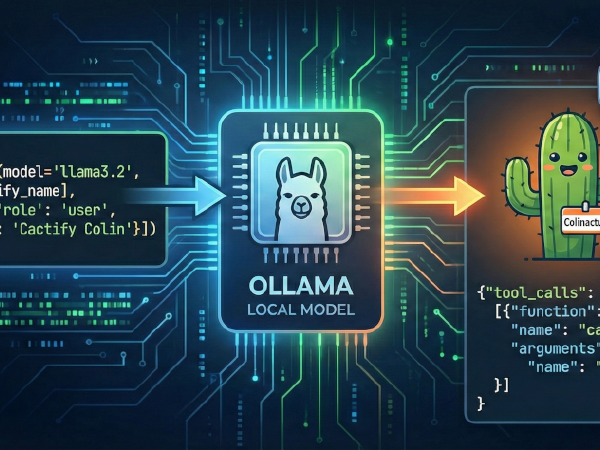
LLM Basics: Ollama Function Calling
In our previous post, we introduced function calling and learned how to do it with OpenAI’s LLMs.
In this post, we’ll call the same cactify_name function from that post using Meta’s
Llama 3.2 model, installed locally using Ollama. The techniques in this post should also work
with other Ollama models that support function-calling.
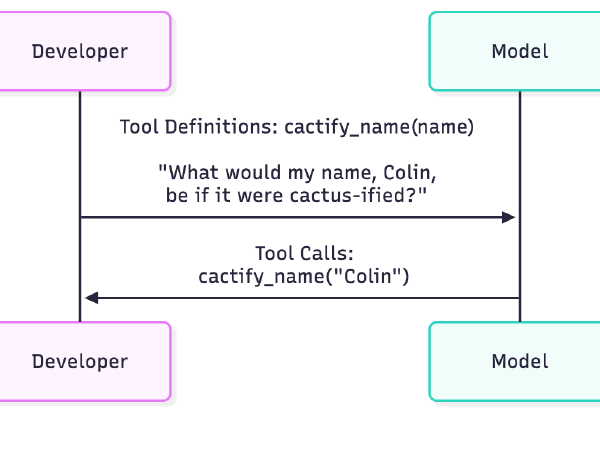
LLM Basics: OpenAI Function Calling
In our previous post, we explored how to send text to an LLM and receive a text response in return. That is useful for chatbots, but often we need to integrate LLMs with other systems. We may want the model to query a database, call an external API, or perform calculations.

Behind the Curtain as a Conference Chair
This post is the first in a three-part series reflecting on DjangoCon US 2025 — In this post, I’m taking you behind the scenes of DjangoCon US 2025 to share what it taught me about leadership, community, and the power of holding space for others.
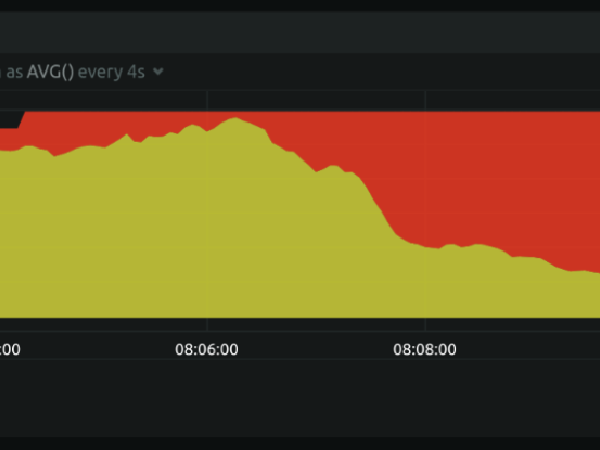
Hitting Limits and Noticing Clues in Graphs
Editor’s Note: This post was updated November 11, 2025 to correct the graphs that are linked to the text in the blog.

The Halting Problem
In a previous post, I wrote about adding read-aloud support to a website we maintain. I mentioned how it was pretty straightforward to do and even easy to get the browser to choose a correct voice that matches the language of the text being spoken. We did, however, hit one puzzling and difficult-to-resolve issue: for large pieces of text to be read aloud, sometimes a browser would simply stop speaking. No errors appeared in the JavaScript console, and querying the speechSynthesis API indicated it was “speaking,” but it wasn’t.

Learning LLM Basics with Ollama
We have recently started learning about LLMs and how we can integrate them into our development projects, and we will be documenting our learning in a series of blog posts. In our first installment of the series, we learned about the OpenAI API. In this one, we will experiment with Ollama, which is an open-source application that allows you to download, run, and interact with LLMs on your own hardware. By running models locally, you maintain complete control over your data and can use LLMs without an internet connection. It also allows you to easily experiment with different models.

How We Replaced Bit.ly with Our Own URL Shortener Using Hugo and Cloudflare Pages
We have been using Bit.ly to create easily shareable short URLs, but we recently decided to replace it with our own solution. We created a Hugo-based static website where we could create the short URLs, handle redirects to their respective long URLs, and have a page for each short URL displaying its QR code.

Don't Let Search Take You Down
Twice in the last few months we’ve had to deal with Django production site issues caused by inefficient search queries.
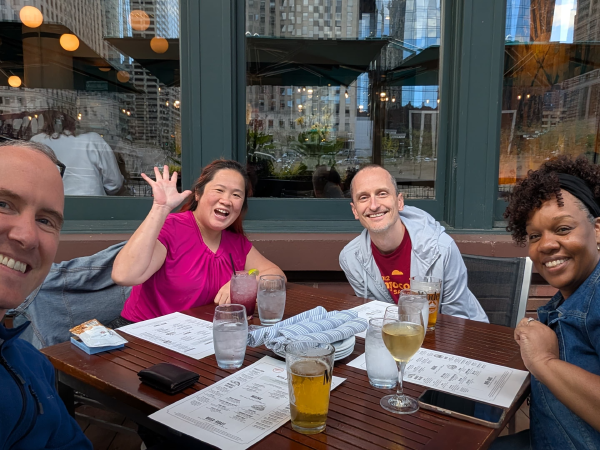
DjangoCon US 2025: A Celebration of Community, Code and 20 Years of Django
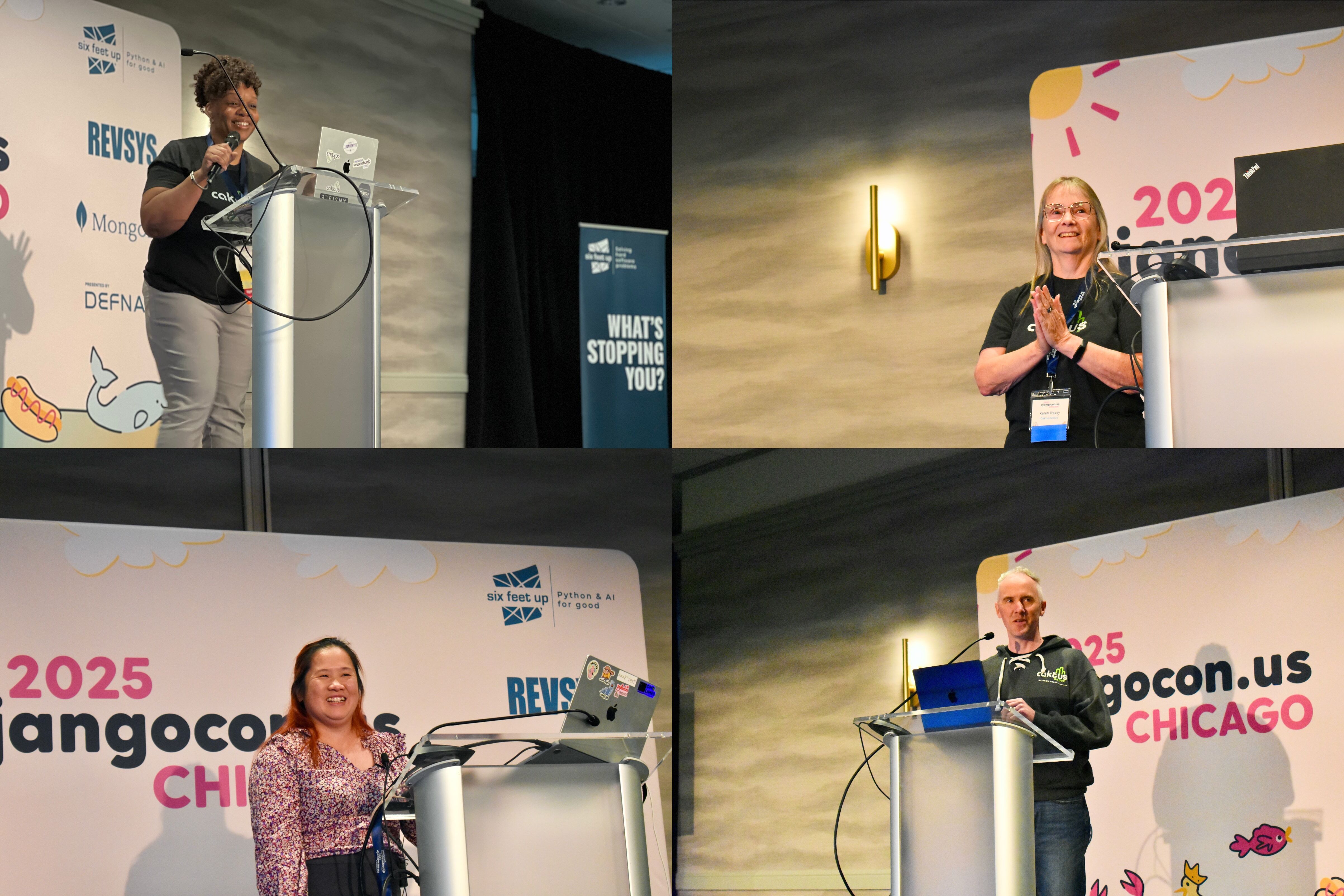
Celebrating 20 years of Django
DjangoCon US 2025 was a milestone year for the community, as we gathered in Chicago to celebrate 20 years of Django. Attendees from around the world came together to learn about the latest developments, share their work, and strengthen the bonds that make DjangoCon such a special event. Caktus was well-represented once again, with our team contributing as organizers, speakers, and active participants throughout the week.